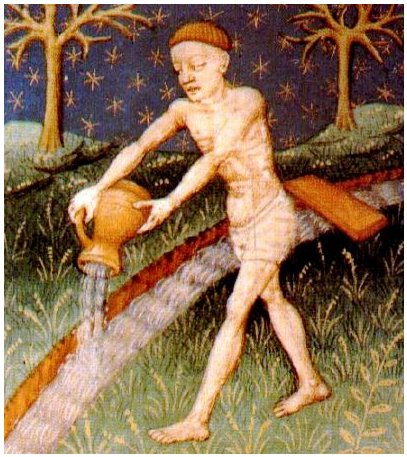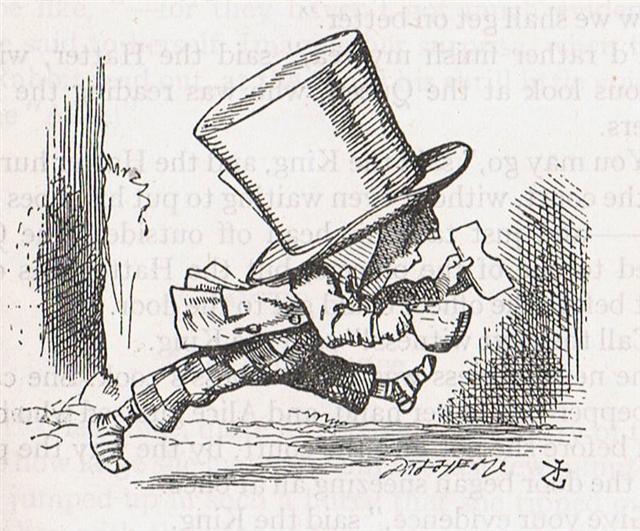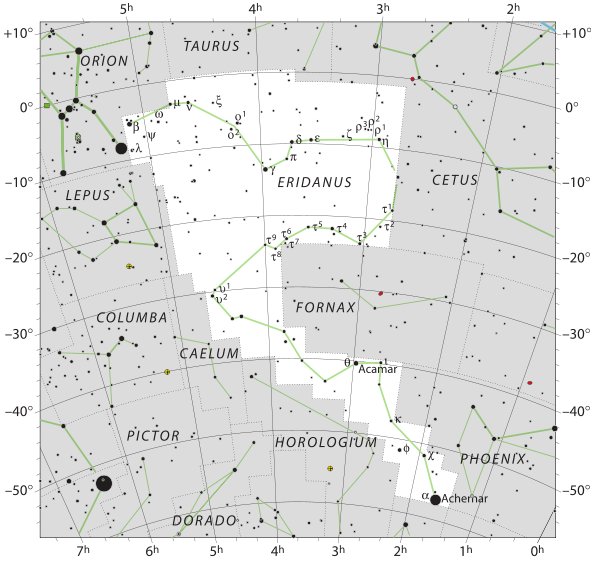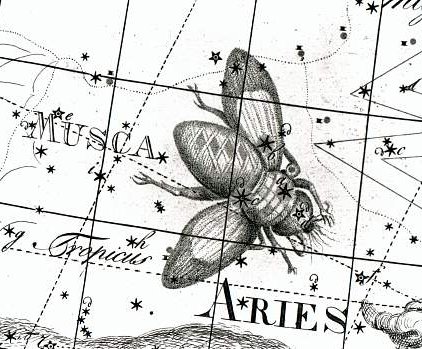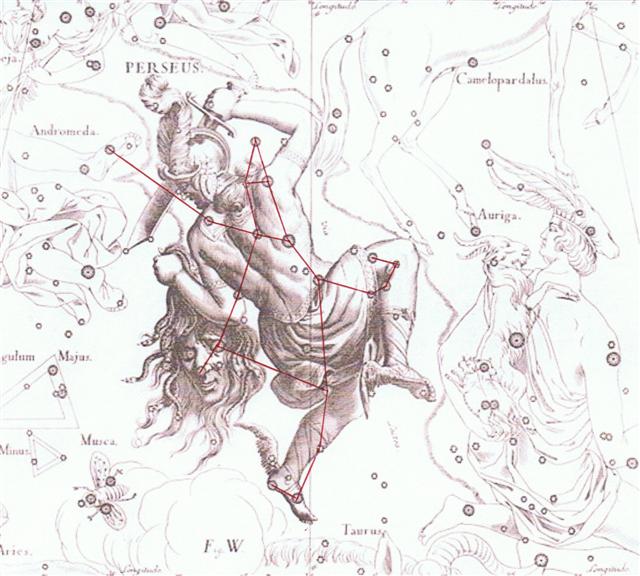Where Moon is rising in the west and Sun is in the Pegasus Square there is a stretch of water to pass over:
The weak one, the eldest son of Apam Napat (Son of Waters) is characterized as fleeing away (like water spilt on the ground, I think): ... Salm is a character in the Persian epic Shahnameh. He is the oldest son of [the] legendary hero and king Fereydun. It is believed that his name was given to him by his father, after Salm chooses to seek safety and run instead of fighting the dragon that had attacked him and his brothers (the dragon was Fereydun himself who had disguised himself to test his sons) ... When Fereydun decides to divide his kingdom among his sons, he gives Salm [the timid unmanly one] Anatolia and West [the female side of the kingdom] ... Fereydūn ... [is] also called Apam Napat, 'Son of the Waters' ... Sun represents fire and Moon water. To cross over from one domain to the other is like going through a strange kind of mirror, where everything becomes upside down. Moon rises in the west in contrast to Sun who goes down there. To cross through such a mirror - like that between Gb1-26 and Gb2-1 - is a suitable task for the ambivalent Mercury (Hiro):
Yet Saturn too is a liquid character, although dull and not quick. Lead is malleable. Possibly Sun encounters his 'mirror' at autumn equinox, when he takes on the 'garment' of Mercury in order to 'change sex' and become Moon.
And possibly he later reaches another 'mirror', at winter solstice when his old Saturn 'garment' will be changed into a newborn little one high up, and thus everything will once again be reversed - which is necessary for the cycle to repeat itself. ... He turned round and round to the right as he fell from the sky back to the water. Still in his cradle, he floated on the sea. Then he bumped against something solid. 'Your illustrious grandfather asks you in', said a voice. The Raven saw nothing. He heard the same voice again, and then again, but still he saw nothing but water. Then he peered through the hole in his marten-skin blanket. Beside him was a grebe. 'Your illustrious grandfather asks you in', said the grebe and dived. Level with the waves beside him, the Raven discovered the top of a housepole made of stone. He untied himself from his cradle and climbed down the pole to the lowermost figure. Hala qaattsi ttakkin-gha, a voice said: 'Come inside, my grandson.' Behind the fire, at the rear of the house, was an old man white as a gull. 'I have something to lend you', said the old man. 'I have something to tell you as well. Dii hau dang iiji: I am you.' Slender bluegreen things with wings were moving between the screens at the back of the house. Waa'asing dang iiji, said the old man again: 'That also is you.' The old man gave the Raven two small sticks, like gambling sticks, one black, one multicoloured. He gave him instructions to bite them apart in a certain way and told him to spit the pieces at one another on the surface of the sea. The Raven climbed back up the pole, where he promptly did things backwards, just to see if something interesting would occur, and the pieces bounced apart. It may well be some bits were lost. But when he gathered what he could and tried again - and this time followed the instructions he had been given - the pieces stuck and rumpled and grew to become the mainland and Haida Gwaii ... The 'leathern bucket' (Salm, τ Pegasi, Kerb) cannot be Mercury because Saturn is the oldest of the sons of Sun.
After having visited his Saturnian grandfather ('Waters') at the bottom of the 'Sea' he seems to make his return voyage in a kind of boat. The name Zaurak (for γ Eridani, the star which at the time of G was rising heliacally in 'May 19) is Arabic for 'boat'. The yet to be born Sun could follow the River up north, i.e. moving downstreams from Achernar (the source of the River) at the strange tamaiti in Gb4-4:
The bird with only one wing (kara etahi) in day 472 (107 days beyond 'December 31) has in front a sign which looks like a kind of ure pointing straight up, presumably at the Pole star, which also the bird precariously is straining his neck to look at. The negative sign possible to detect between wing, neck, and the back of the bird's head looks like a 'biting hand'.
'April 21 is day 111 from 'January 1 of the new year. From 'January 1 of the old year the day is number 476. 476 - 340 = 136 and 340 - 111 = 229.
... Although an old constellation, Cetus is by no means of special interest, except as possessing the south pole of the Milky Way and the Wonderful Star, the variable Mira; and from the fact that it is a condensation point of nebulae directly across the sphere from Virgo, also noted in this respect ... From Achernar (not 'The End of the River' but rather its Source) to the wonderfully changing (i.e. full of living spirits, manu rere) Mira at the neck of Cetus - and significantly labelled ο Ceti, like a little egg - there are 7 (to Alamak) + 4 = 11 days. From Land's End (Nunki) to Achernar there are 365.25 + 23.3 - 288.4 = 100 days:
Hipu in Gb4-17 possibly marks the end of a season beginning beyond Saad Balaa 5 and the π-glyph Gb2-27:
Next comes the Northern Fly, which like Mira also is a kind of manu rere:
The 2nd Hindu lunar mansion is Bharani. Musca is followed by Algol, the dangerous eye of the Medusa, though thanks to Perseus turned away from us:
At the time of G the heliacal rising of Algol was evidently the mark for the beginning of the 4th right ascension hour. And the manzil system has a kind of zero (355) here. The following day, 'May 7, is number 127 in the Gregorian calendar and 127 + 365 = 492. Counting beyond glyph 472, and continuing 20 positions further ahead, we will reach the point where Heka (at the tiny head of Orion) is rising heliacally. 'June 12 is 36 days later than 'May 7:
Much happens in line b4. Light is on its way back (north of the equator) and the 'Flower of Sun' returns on the other side of Algol:
|
